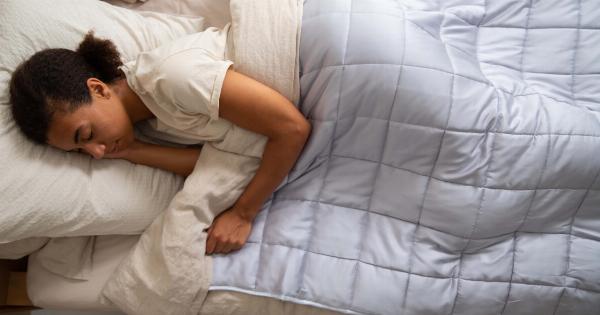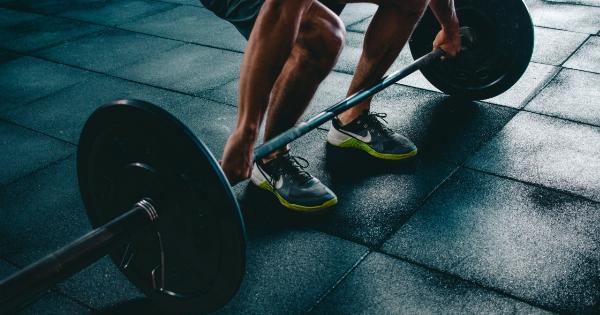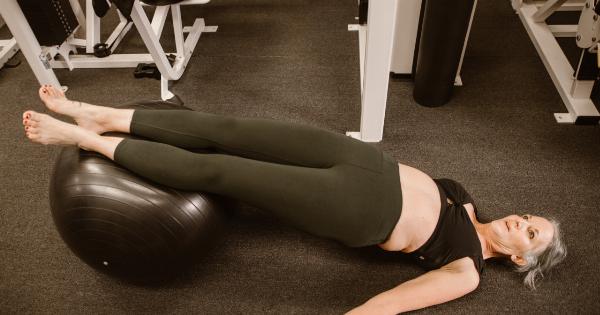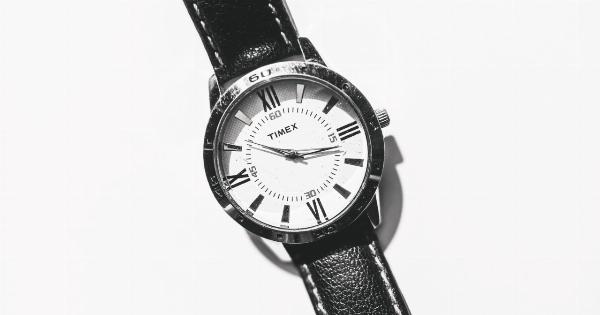The Reformer is a versatile piece of equipment used in Pilates that can help you improve your flexibility, strength, and overall fitness.
While it is primarily used for exercise, the Reformer can also be used to support better sleeping posture and aid in relaxation. In this article, we will explore how sleeping on the Reformer can contribute to a restful and rejuvenating sleep.
The Importance of Good Sleeping Posture
Most people are aware of the importance of maintaining good posture while sitting or standing, but the significance of proper sleeping posture is often overlooked.
Poor sleeping posture can lead to a variety of issues such as back and neck pain, sleep apnea, and restless sleep. It is essential to maintain a neutral spine alignment while sleeping to support the natural curves of the spine and minimize stress on the muscles and ligaments.
The Benefits of Sleeping on the Reformer
Using the Reformer as a sleeping aid can provide several benefits that contribute to better sleep quality and overall well-being:.
1. Spinal Alignment
The Reformer offers a flat and even surface that promotes proper spinal alignment. By lying on the Reformer, you can align your spine in a neutral position, helping to reduce the risk of developing back pain or discomfort while you sleep.
2. Pressure Relief
The Reformer’s cushioned surface distributes your body weight evenly, minimizing pressure on specific areas such as the shoulders, hips, and knees. This can help relieve joint pain and reduce the chances of waking up with discomfort.
3. Muscle Relaxation
One of the key principles of Pilates is muscle relaxation. By lying on the Reformer, your body can relax, and tension can be released from the muscles.
This can lead to a more restful sleep, as relaxed muscles are less likely to become stiff or achy during the night.
4. Improved Breathing
The Reformer’s flat surface allows for proper diaphragmatic breathing while sleeping. Deep breathing helps oxygenate the body, reduces stress, and can improve the quality of sleep.
5. Enhanced Body Awareness
Sleeping on the Reformer can increase body awareness, as the cushioned surface provides gentle feedback to your body’s alignment.
This awareness can carry over to your waking hours, promoting better posture and spinal alignment during daily activities.
How to Sleep on the Reformer
Here are some tips to optimize your sleeping posture on the Reformer:.
1. Get Comfortable
Ensure that you have enough padding and support to make the surface comfortable for sleeping. Consider using additional pillows or blankets to create a cozy and ergonomic sleeping environment.
2. Align your Body
Lie down on the Reformer with your spine in a neutral position. Keep your head aligned with your spine and avoid propping it up with extra pillows, as this can strain your neck.
3. Support Your Knees and Hips
If needed, place a small pillow or cushion under your knees to relieve pressure on your lower back. This can help promote a more comfortable and relaxed sleeping position.
4. Relax and Breathe
Take deep breaths and allow your body to relax fully. Focus on releasing tension from your muscles and let the gentle movements of the Reformer help you unwind before sleep.
5. Maintain Consistency
If you choose to sleep on the Reformer regularly, try to maintain consistency in your sleeping habits. This can help your body adjust and benefit from the improved sleeping posture and overall relaxation.
Conclusion
Sleeping on the Reformer can be a beneficial addition to your sleep routine. By promoting proper spinal alignment, relieving pressure points, and inducing muscle relaxation, the Reformer can contribute to a more restful and rejuvenating sleep.
Remember to prioritize comfort and relaxation while using the Reformer as a sleeping aid to optimize your sleep quality and overall well-being.





























